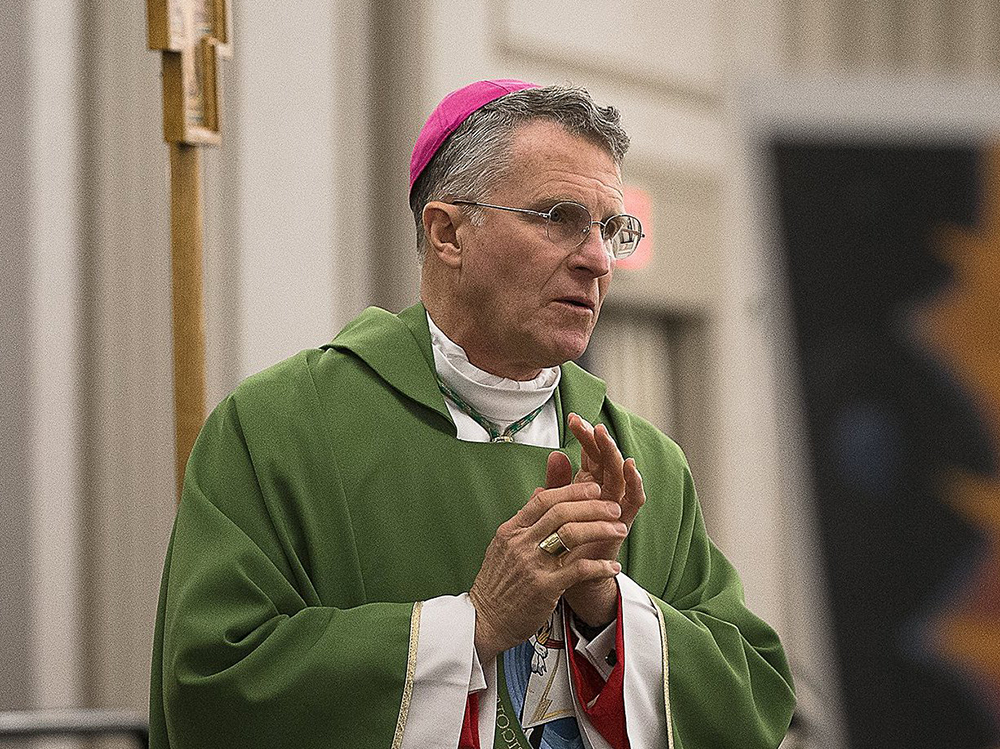- Feb 5, 2002
- 166,650
- 56,274
- Country
- United States
- Faith
- Catholic
- Marital Status
- Married
- Politics
- US-Others
BALTIMORE (OSV News) — Archbishop Timothy P. Broglio is just beginning his second year of his three-year term as president of the U.S. Conference of Catholic Bishops. He sat down with OSV News during a break at the fall general assembly of bishops in Baltimore Nov. 15 to answer questions about his relationship with Pope Francis and Apostolic Nuncio Cardinal Christophe Pierre; Pope Francis’ comments on the American church; how to help those hurt facing war and violence around the world; the current status of Bishop Joseph E. Strickland, and more. The interview has been edited for length and clarity.
I think there’s always going to be a difference in approach between issues like the role of the dignity of the human person and how that’s interpreted — from protection of the infant in the womb to social issues. That’s always going to be, you know, where do you put the emphasis? How do you emphasize both at the same time? And I think that’s always going to be a source of concern, or a possible source of division, or at least a divergence in how people approach questions.
Continued below.

 www.oursundayvisitor.com
www.oursundayvisitor.com
OSV News: When we spoke last year, you said that you wanted to continue the good work of Archbishop (José H.) Gomez to foster unity in the church. What continue to be the issues that most divide, and how do you see a path forward?
Archbishop Timothy Broglio: I think there are always questions that, just from the difference in the way people approach things, that can be a source of division. Although I noticed certainly in these two days of public session — if you look at the votes, and especially the votes for questions that are “yes” or “no” — they’ve been overwhelmingly one way or another. So I think that’s indicative of a certain unity of thought. And the other thing that I think is very striking: With few exceptions, all of the votes for the candidates for the different offices were all very close to one another. So I mean it’s not as if there’s tremendous lopsided feelings in the conference. So I think that’s a positive sign going forward.I think there’s always going to be a difference in approach between issues like the role of the dignity of the human person and how that’s interpreted — from protection of the infant in the womb to social issues. That’s always going to be, you know, where do you put the emphasis? How do you emphasize both at the same time? And I think that’s always going to be a source of concern, or a possible source of division, or at least a divergence in how people approach questions.
Continued below.

USCCB president on his relationships with Pope Francis and Cardinal Pierre, the synod's influence and Bishop Strickland's status
Archbishop Broglio discusses Pope Francis' comments on the American church, the Synod on Synodality and the status of Bishop Strickland.
 www.oursundayvisitor.com
www.oursundayvisitor.com
